Refreshed 2022 Hyundai Kona Adds Length, Power, N Line

Another day, another Zoom presentation to learn about some new hotness.
Today it’s the 2022 Hyundai Kona, which we teased last year, with a side of Santa Fe.
As we noted, the Kona now gets an N Line trim so that the brand can argue that its subcompact crossover can be considered truly “sporty” (we’ll be the judge of the merits of said argument once we drive it), and there are new duds.
Other changes include what Hyundai classifies as improvements in performance, efficiency, handling, and connectivity.
Styling-wise, the Kona gets a new grille without changing the look of the headlights, and the crossover also gains 1.6 inches in length. There are new air inlets that are meant to improve airflow integrated into the corners of the front bumper. New taillights and a new rear fascia adorn the Kona’s backside, and there are new wheel designs.
Electric Konas get a new front fascia, new headlight and DRL design, and sculpted fender vents along with a new rear fascia and new wheel designs that are meant to increase airflow. The Kona EV gets new taillamps, as well.
Interior updates include USB ports for the rear seat, improved cargo room, more second-row legroom, and a console that is no longer connected to the instrument panel. The gauge cluster is now digital. For EV models, the center-stack and center-cluster display screens are now both 10.25 inches and a new center-console design allows for wireless charging of phones.
Then there’s the N Line. N Line models will be distinguished from their counterparts by different front- and rear-end designs, body-color cladding, dual-exhaust tips, and a unique to N Line 18-inch wheel design. Inside, N Lines will be known by their black seats with red stitching, black headliner, metal pedals, and N logos.
Engine choices remain a 2.0-liter four-cylinder making 147 horsepower and 132 lb-ft of torque and a 1.6-liter turbocharged four-cylinder. The latter gains 20 horsepower, up to 195, and still puts out 195 lb-ft of torque. The 2.0-liter now gets the “intelligent variable” transmission, with 1.6 remains paired with a seven-speed, dual-clutch automatic that Hyundai says is retuned. The 1.6 will be the mill for Limited and N Line trims.
Meanwhile, Kona EVs are powered by a 150 kW/201-horsepower permanent magnet synchronous electric motor that gets its juice from a 64 kWh lithium-ion battery that’s liquid-cooled and runs at 356 volts. Torque output is 291 lb-ft and the estimated MPGe is 132 city, 108 highway, and 120 combined.
Standard is an onboard level II charging system, with up to a 7.2 kW rate of charge. Range is estimated at 258 miles. If the driver locates a level III fast charger, the Kona EV can get from 10 to 80 percent charge in about 47 minutes. It can also go from 10 percent to 100 percent on level II in nine hours and 15 minutes, and upper trims will offer a battery warmer.
Just like the EV, the gas-powered Kona gets 10.25-inch screens for the digital gauge cluster and infotainment system. A whole slew of features can be controlled via voice recognition and wireless Apple CarPlay and Android Auto are available, as is the use of one’s phone as a key.
The by-now-familiar driver-assist systems are available, with new or notable ones including a highway-driving assist system that helps with lane centering and vehicle spacing, along with adjusting the speed based on the limit. A system that helps avoid collisions with bicyclists and rear-cross-traffic collision-avoidance assist are new, as well.
Hyundai’s Blue Link telematics system remains available, as well, with some new features. It can help monitor the status of EV models.
As for the Santa Fe, our last writeup lacked some specs that Hyundai has since unveiled, the most important being new engines – either a 2.5-liter naturally aspirated four or a 2.5-liter turbo-four. Both mate to eight-speed automatics, though the latter pairs with a dual-clutch. There will also be a hybrid powertrain pairing a 1.6-liter turbocharged four-cylinder with an electric motor. That one will use a six-speed automatic and have all-wheel drive standard.
A plug-in hybrid is planned.
[Images: Hyundai]

Tim Healey grew up around the auto-parts business and has always had a love for cars — his parents joke his first word was “‘Vette”. Despite this, he wanted to pursue a career in sports writing but he ended up falling semi-accidentally into the automotive-journalism industry, first at Consumer Guide Automotive and later at Web2Carz.com. He also worked as an industry analyst at Mintel Group and freelanced for About.com, CarFax, Vehix.com, High Gear Media, Torque News, FutureCar.com, Cars.com, among others, and of course Vertical Scope sites such as AutoGuide.com, Off-Road.com, and HybridCars.com. He’s an urbanite and as such, doesn’t need a daily driver, but if he had one, it would be compact, sporty, and have a manual transmission.
More by Tim Healey
Latest Car Reviews
Read moreLatest Product Reviews
Read moreRecent Comments
- SCE to AUX Over the last 15 years and half a dozen vehicles, my Hyundais and Kias have been pretty cheap to maintain and insure - gas, hybrid, and electric.I hate buying tires - whose cost goes by diameter - and I'm dreading the purchase of new 19s for the Santa Fe.I also have an 08 Rabbit in my fleet, which is not cheap to fix.But I do my own wrenching, so that's the biggest factor.
- MaintenanceCosts '19 Chevy Bolt: Next to nothing. A 12v battery and a couple cabin air filters. $400 over five years.'16 Highlander Hybrid, bought in 2019: A new set of brakes at all four corners, a new PCV valve, several oil changes, and two new 12v batteries (to be fair, the second one wasn't the car's fault - I had the misfortune of leaving it for a month with both third-row interior lights stealthily turned on by my kid). Total costs around $2500 over five years. Coming due: tires.'11 BMW 335i, bought in late 2022: A new HID low beam bulb (requiring removal of the front fascia, which I paid to have done), a new set of spark plugs, replacements for several flaking soft-touch parts, and two oil changes. Total costs around $1600 over a year and a half. Coming due: front main seal (slow leak).'95 Acura Legend, bought in 2015: Almost complete steering and suspension overhauls, timing belt and water pump, new rear brakes, new wheels and tires, new radiator, new coolant hoses throughout, new valve cover gaskets, new PS hoses, new EGR valve assembly, new power antenna, professional paint correction, and quite a few oil changes. Total costs around $12k over nine years. Coming due: timing belt (again), front diff seal.
- SCE to AUX Given this choice - I'd take the Honda Civic Sport Hatchback (CVT). I 'built' mine for $28777.To my eye, the Civic beats the Corolla on looks these days.But for the same money, I can get an Elantra N-Line with 7-speed DCT, 201 HP, and good fuel economy, so I'd rather go for that.
- Kwik_Shift_Pro4X '19 Frontier Pro 4X. Next to nothing. All oil changes are on schedule. Still on original brakes at 79000 miles. Those are due soon. Estimate $1000 all in.
- Dr.Nick The cars seem really expensive with tight back seats and Cadillac was on the list of the highest price gouging dealers coming out of COVID. I don’t understand the combination, shouldn’t they be offering deals if they are not selling?
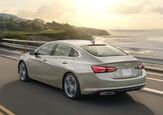
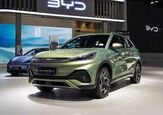
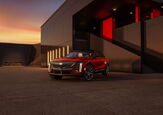






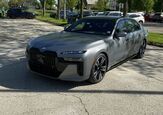











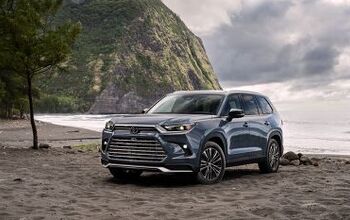
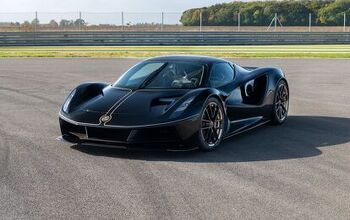
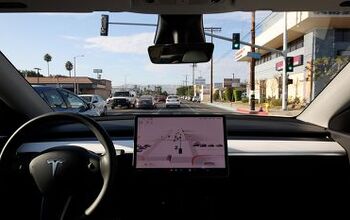


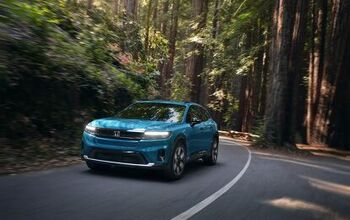
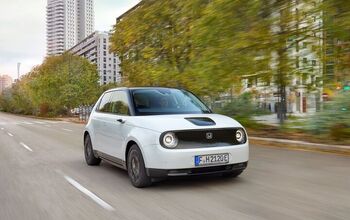
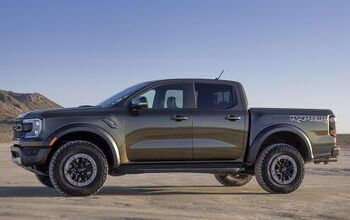

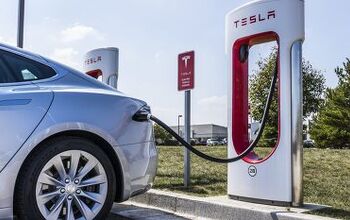

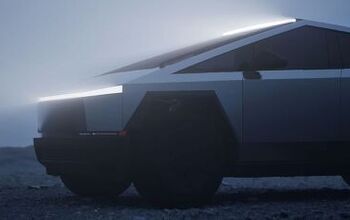
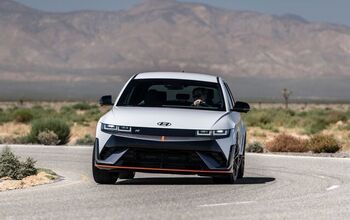


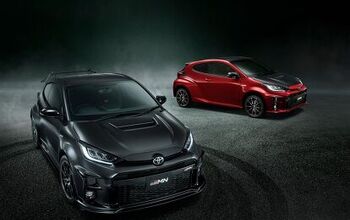

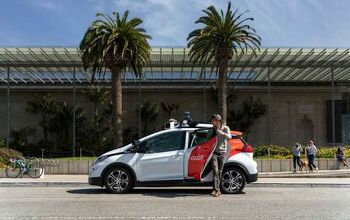
Comments
Join the conversation
I see PT cruiser in the second pic.
Kona: it's coming with length!